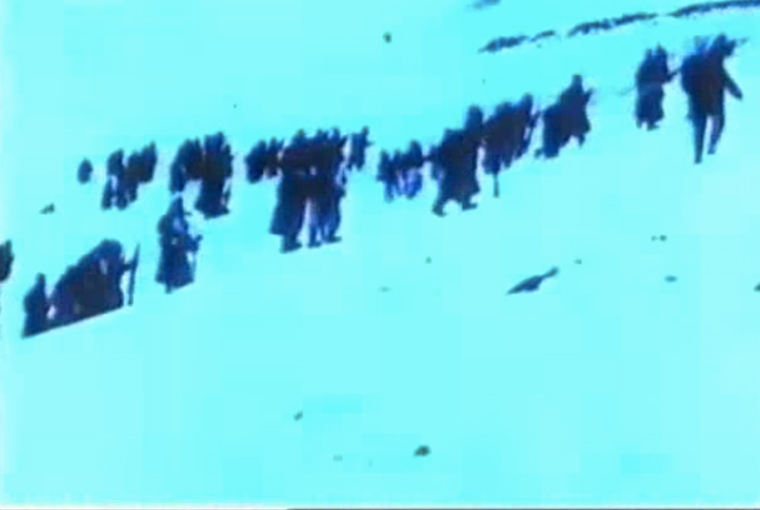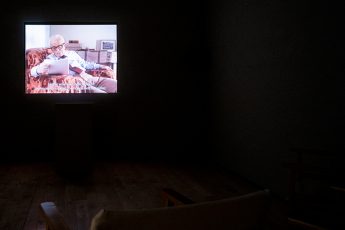
Among the wide range of historical films that have been discussed on our website over the years, one strand has proved particularly elusive. These are films which feign a sense of self-critical air and, by extension, transparency, but which are in truth impossible to pin down without an appreciation of premises that are implicit but not necassarily intended. To paraphrase Kant, these are films which require us to understand the filmmakers better than they understand themselves. Two prominent specimens of this filmic type are Ida, Paweł Pawlikowski’s Oscar-winning piece about a Polish nun who gradually exhumes her Jewish heritage, and In Bloom, the Georgian festival favorite about two young girls who try to resist the claws of a patriarchal society. On the surface, both films confront their respective countries of origin with past crimes. Pawlikowski faces Poles with their inability to come to terms with their past. Post-WWII Poland, he suggests, was built on an ideational extinction of the Jews. Meanwhile Nana Ekvtimishvili and Simon Groß, the directors of In Bloom, paint a grim picture of 1990s Georgia as a country characterized by male chauvinism, violence and despair. But though both projects were lent credibility by positive reactions from abroad, and in Ida‘s case, by charges of “anti-nationalism” from within, they are also oddly consistent with a patriotic reading of the fate of both countries. Not only are both films set in the past, suggesting that they are discussing problems that may have a bearing on the present, but are essentially passé. More importantly, both films revolve around a pair of (female) protagonists who are morally superior agents operating within a hopeless environment. Thus the problem of Poles’ dealing with their past and of Georgia’s violent post-independence period are essentially discussed from the perspective of victims. The viewer is not asked to treat the documented crimes and misdemeanors as his own, but is instead invited to assume the role of anachronistic heroes who have been inserted into history by “critical” auteurs like Pawlikowski & Co. This opens up a direct path of redemption in films that are presumably about guilt, and perversely confounds the role of reluctant wrongdoers with those of the actual victims. It is in this sense that, for all their elusiveness, films like Ida and In Bloom are fitting metaphors for memory culture more generally, which tends to become a self-referential discourse ignorant of the intended object of remembering. Rarely do we hear out the forgotten voices of victims except to offer us hope for absolution.
***
This month’s issue tries to critically assess today’s memory culture from multiple perspectives in an attempt to better understand what is really behind our dealing with the past. Pau Bosch Santos places László Nemes’ Son of Saul in the context of ongoing debates about the (un)representability of the Holocaust, arguing that Nemes is both willing and able to oblige diametrical positions. Together with Moritz Pfeifer, he talked to Catherine Coquio, author to several books on memory culture, who elaborates on her cutting critique of the culture industry. Moritz Pfeifer considers whether Yervant Gianikian and Angela Ricci Lucchi’s Armenian films can be placed within the aesthetic tropes that have dominated European memory culture, a theme the authors also touch upon in our interview with them. Zoe Aiano reviewed the history of the Soviet Occupation in Baltic film, which has produced disparate narratives over the decades, albeit mostly simplistic ones that offer viewers a convenient division into “us” and “them”. Our November issue also features a review of Andrius Blaževičius’ The Saint, which completes last month’s coverage of the Warsaw Film Festival.
Konstanty Kuzma & Moritz Pfeifer
Editors




Leave a Comment